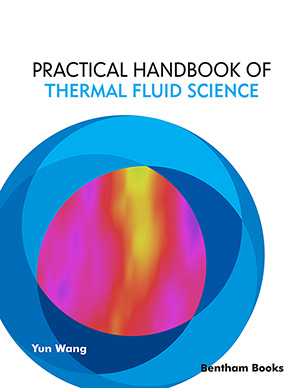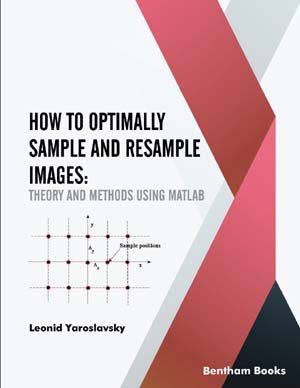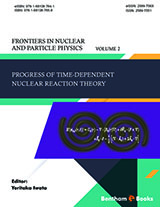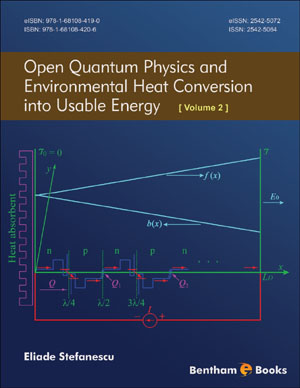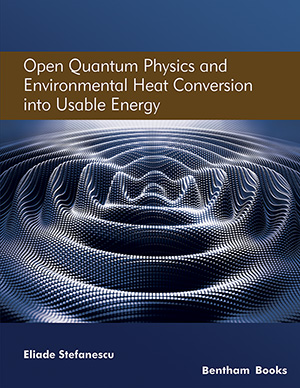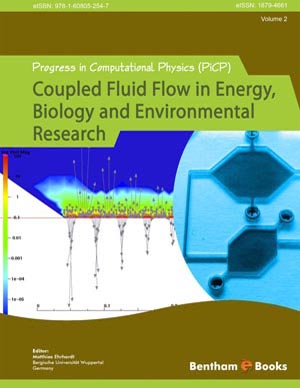Abstract
Centaurs, the topic of this chapter, were defined and described. Examples were cited, including Chiron and Pholus. The number of centaurs was estimated, and their origins were speculated upon. The unusually erratic orbit of centaurs was documented. Potentially deleterious consequences of centaurs were identified; planetary impacts and the generation of vast amounts of space debris. It was recognized that centaurs are relatively little-studied astronomical phenomenon and that with experience their erratic orbits can become better understood. Centaurs come in all sizes and many are relatively large. It was estimated that one new centaur is created annually.
Keywords: Blanco and Mayall 4 m Telescope, centaurs, Cerro Tololo Inter- American Observatory, Chiron, cubewanos, Deep Elliptic Survey, Edgewood- Kuiper Belt, Huffington Post, irradiated mantle, Jet Propulsion Laboratory, Kitts Peak Observatory, Neptune, perihelion, Pholus, outer planet, Saturn, scattereddisk objects, spectral diversity, Wide-field Infrared Survey Explorer.




